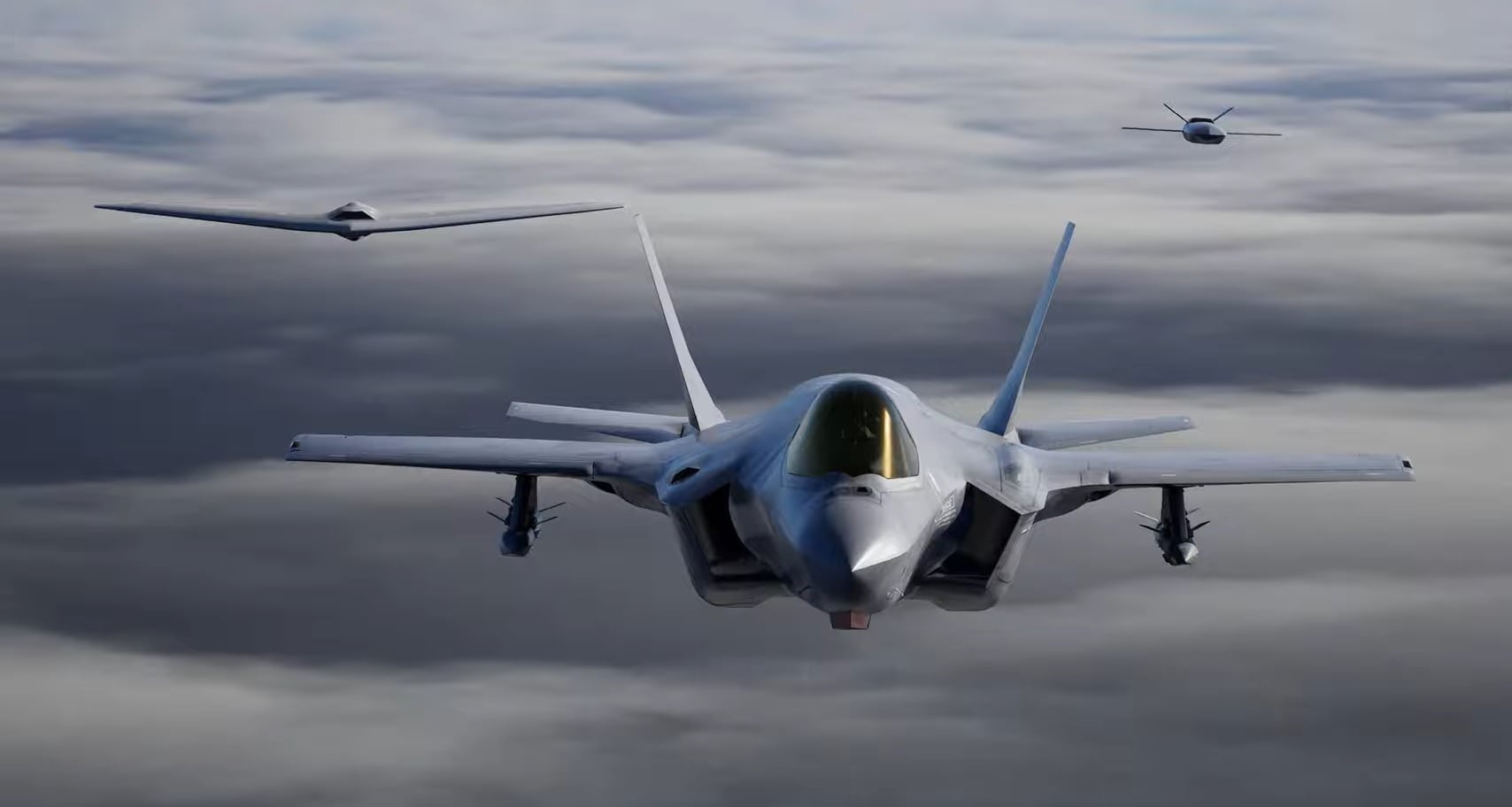The U.S. military must collect data streams from thousands of battlefield vehicles, environmental sensors and other intelligent devices across every military branch and rapidly analyze data to drive split-second decision-making. Nowhere is this truer than for the Specials Operations Command.
SOCOM organizes, trains, and equips special operators across Department of Defense combatant commands. It has a workforce of 70,000 personnel and operates on air, land, and sea. Chief Digital and AI Officer, Dan Folliard, leads the command’s pathfinding data strategy, which centers on using data, analytics and AI to improve business operations and campaign globally.
RELATED

However, to realize this vision, a crucial foundation is required: a high-performing, reliable and secure IT environment.
The good news is that SOCOM doesn’t need to rearchitect or rebuild its sprawling Special Operations Forces Information Environment, or SIE, from the ground up. Alongside improving battlefield decision-making, artificial intelligence and machine learning can also assist IT leaders in proactively addressing digital performance issues and achieving decision superiority.
Let’s explore key strategies for optimizing SOCOM’s complex, multi-domain SIE and propelling its transition into a data-driven organization.
Complete observability
Decision makers and warfighters need uninterrupted access to data at speed and scale. But guaranteeing secure and seamless performance requires monitoring an exponentially vast number of disparate systems, edge devices, networks, and cloud and on-premises technologies across the SIE.
Instead of piecemeal approaches to infrastructure monitoring, SOCOM should consider implementing network-wide observability. Observability differs from traditional monitoring because it takes a more proactive and holistic approach to network management. Through observability, IT pros can assess the health and security of the entire SIE, including networks, applications, databases, and infrastructure, even hybrid environments.

With full-stack observability, IT teams across units, commands, and business operations can break down data islands, easily understand and visualize the overall picture, and eliminate tool sprawl. They can observe device-to-device communications, properly understand data movement, and detect anomalies. Moreover, observability automates and orchestrates critical monitoring and management tasks – a necessity in vast and complex IT environments.
A key enabler of observability is Artificial Intelligence for IT Operations, or AIOps.
AIOps deploys AI and ML to efficiently synthesize and analyze large volumes of data from across multiple domains — a priority, but also a key challenge for SOCOM. This results in fast and accurate performance analysis and troubleshooting. AIOps also provides actionable intelligence that allows teams to predict potential issues, such as network or application utilization capacity, before they happen and proactively guide remediation actions.
Thanks to the continuous learning capabilities of ML, AIOps also offers deep insights into the root cause of issues and can trigger mitigation workflows, allowing teams to focus on continuous optimization of the IT environment.
Data as a resource
For observability to be successful, SOCOM must ensure its data-centric performance management approach aligns with DoD’s data governance principles – aka VAULTIS. VAULTIS stands for making data visible, accessible, understandable, linked, trustworthy, interoperable, and secure.
As SOCOM adopts observability, the following guiding principles can help:
— Uphold data governance practices to ensure security boundaries, data privacy, transparency, and controlled access.
— Ensure data fidelity, encompassing accuracy, completeness, consistency, and timely availability throughout the entire IT stack, irrespective of the underlying technologies.
— Establish relationships between workloads and views into dependencies. This helps provide complete visibility into the network resources underpinning services, thereby reducing blind spots associated with traditional network tools and enhancing the precision and speed of root cause analysis and troubleshooting.
Hybrid infrastructures
The use case for AI and ML within SOCOM are limitless, spanning the transformation of business operations to improving campaigns globally. But AI and ML, paired with other innovative technologies, also offer SOCOM the unique opportunity to elevate data to the status of a strategic asset and rethink how modern hybrid architectures are managed.
If SOCOM can learn to harness the power of data, observability and AIOps to proactively address SIE performance issues, the command can achieve a multi-domain infrastructure that is interoperable, dependable, transparent, secure, and high performing. This, in turn, frees teams to focus their efforts on developing cutting-edge applications and tools that leverage AI and ML in innovative and pioneering ways.
And it’s a repeatable blueprint (or “gold standard”) that all DoD agencies can follow.
Krishna Sai is responsible for Artificial Intelligence for IT Operations, or AIOps, service management, and database portfolios at SolarWinds, an Austin, Texas-based company that develops software for businesses to help manage their networks, systems and information technology infrastructure.







